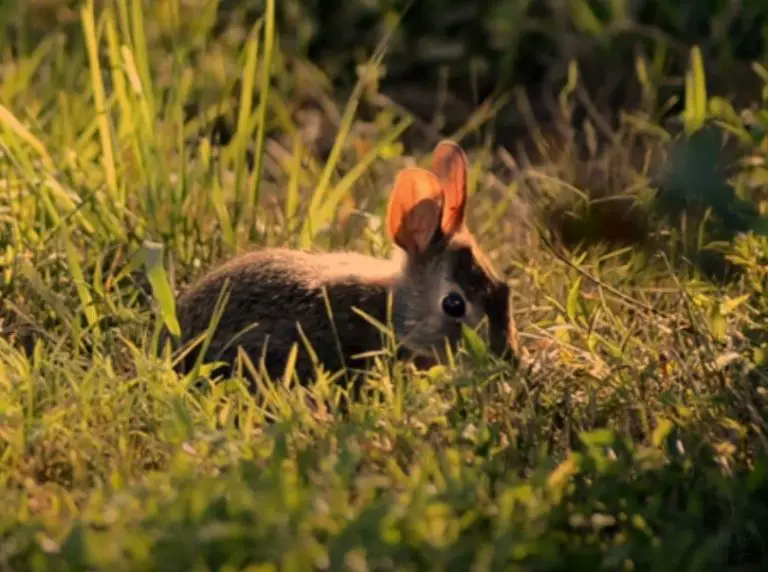12 Astonishing Facts About Capybaras

Capybaras are one of those animals that cause a lot of curiosity because they maintain surprising characteristics that distinguish them from other animals, i.e., they are semi-aquatic mammals that look like giant rats and at the same time vegetarians.
Capybaras project incredible tranquility, but they are quite territorial animals, there are many other curious and surprising facts about capybaras that I would like to share.
1- Differentiating between male and female capybaras
The sexual differentiation in the capybara is not very defined, and therefore to differentiate between a male and a female capybara is something very difficult to do with the naked eye.
But, there is a main distinctive feature between the capybara genera, the male is distinguished from the female by having on the snout a protuberance of about 2 cm high, hairless, which houses a gland related to the marking of the territory.
2- Capybaras do not eat meat
Despite being the largest rodent in the world, the capybara is herbivorous, so its diet is based mainly on flowers, some seeds, fresh vegetables, fruits, and vegetables can also eat fruits such as watermelons, melons, oranges and other types of fruits that are hydrating.
This is due to the fact that the capybara has a stomach very similar to ruminants and monogastric animals where a large capacity of the cecum stands out.
3-Capybaras have teeth and molars
Like all rodents, capybaras have two large teeth in the upper part of their mouth, and another two in the lower part, which they use to cut the vegetables they eat. Capybaras have a total of 20 teeth (including their molars) which they use to chew their food. They do not have canine teeth.
Apart from using its teeth to eat its food, its bite is its only defense mechanism in combat, otherwise, the capybara uses water to escape from its predators.
4-Their life expectancy is similar to that of a dog
In the wild, the life expectancy of capybaras is very short, they do not usually live more than 4 years as they are considered easy prey for some of the larger predators in the environment where they live.
However, the capybara’s life span in captivity can be about 10-12 years, similar to that of a large dog.
5-Capybara excrement is not square, it is oval
Contrary to what many people think, capybara excrement is not square, it is oval-shaped and dark brown in color, deposited in piles, similar to the excrement of ruminant animals.
In terms of consistency, capybara droppings can be dry and oval in shape, and at other times they are soft. Capybaras usually practice coprophagy when their droppings are soft, they do this to get maximum nutrition from their food and to help digest the cellulose in the grass they eat.
6- Capybaras do not breathe underwater
The capybara is a semi-aquatic mammal, therefore, it does not breathe underwater, although its abilities in the water are amazing, it dives into the water to regulate its body temperature and also to seek refuge from possible terrestrial predators, in the water it swims with great agility.
While submerged, the capybara only shows its eyes, ears, and nostrils out of the water; it is also capable of being submerged for up to 10 minutes.
7- Capybara body language and communication
The capybara has a series of sounds and body language that it uses to communicate with the rest of the group, in case of possible danger, the capybara emits a loud dry bark to give the alert voice.
The bristling of hair is also used when the capybara is in courtship, but this is also a warning signal in case a person tries to touch a capybara, as this represents that the capybara feels insecure and is in defensive mode, it could bite at any moment.
8- Almost always 4 capybaras are born per birth
Capybara gestation lasts 4 to 5 months, generally, the female gives birth to one litter per year, although under favorable environmental conditions she may have two litters.
Per birth, 2 to 7 young are born, although the most frequent number of young is 4; the newborn weighs 1.5 kg, is able to follow its mother, and ingests grass shortly after birth.
9- The capybara has no tail and has a membrane between the toes
The capybara has 4 toes, the toes end in thick nails and are partially joined by an interdigital membrane, this membrane is characteristic of semi-aquatic animals such as ducks. The capybara lacks a tail and has instead a fold that might look like a tail, this fold is not noticeable to the naked eye and hides the anus and genital parts.
10- A capybara could weigh more than a human being
The capybara is the largest of the living rodents, the weight of adults varies according to the region. An adult individual can weigh between 50 and 70 kg, weights of up to 90 kg have been recorded.
11- Capybaras can die if they run too much
The capybara moves on land with agility, running with dexterity and great speed for distances of up to 100 to 200 m, but is then easily exhausted, Prolonged running causes fatigue and hyperthermia, is very similar to what happens with cheetahs, with body temperatures of up to 41°C have been recorded in capybaras.
12- Capybaras are fast
Despite their size and weight, capybaras are surprisingly fast, both on land and in water. On land, a capybara can run at an average speed between 18 and 22 mph (29-35 km per hour), this speed is enough to outrun a jaguar in a short run until the capybara can reach the water, In water, they are fast enough to elude jaguars, which can also swim with agility.







